The Roadless Travel In Dolpo - Dolpo Caravan Treks
I was born in the little village of Chepka on the old trading trail in Dolpo. Even since I was a boy, I used to see the yaks and mules go up and down the path, and an increasing number of foreign trekkers and their porters.
I always yearned to see the world beyond the narrow valley to a wider horizon. We started the Gateway Inn located at the night stop point between Jufal airfield and Phoksundo, and business was getting better until the pandemic.
I went to Austria to work for two summers at the Gesäuse National Park, and that augmented my income plus gave me a lot of exposure to ecotourism. Trekking traffic is picking up again in Dolpo, so I do not need to go to Europe anymore.
Tourist footfall would increase if Dolpo was taken off the restricted area list. Because of this rule, foreign trekkers have to pay $500 per day for a 10-day trek plus $50 for every extra day to the Department of Immigration. That is in addition to the daily $150 for the trek itself, the 3,000 Shey Phoksundo National Park fee, and the higher airfares for foreigners from Kathmandu to Jufal via Nepalganj.
All this adds up to make Dolpo more expensive than the Everest or Annapurna trails, and only the most adventurous (or well-to-do) come to Dolpo. Even reducing the Dolpo restricted area fee by half could double the meager 600 trekkers who visit the national park at present every year.
I learned a lot while in Austria. For example, the signage along the hiking trails are very well laid out so it is impossible to get lost. There is a lot of information along the paths about the animal and plant life, and to identify surrounding peaks and landmarks. There is an effort to minimize the impact of tourism.
The Austrians also do not build roads unnecessarily so as to preserve their wilderness. And that is something we could emulate here in Dolpo, where there is a road-building spree going on.
Till recently, Dolpo and Humla were the only two districts in Nepal without motorable roads. Interestingly, Dolpo is better connected to China at the moment than to the rest of Nepal. Dolpo is located on the trans-Himalayan plateau, and is Nepal’s biggest district by area, but has a population of only 45,000.
That might change with the Bheri Corridor which has already reached the district capital of Dunai. One can now travel from Surkhet to Tallo Bazar in 12 hours, cross the footbridge over the Bheri, and transfer to another jeep up to Dunai in 6 hours over very rough roads. Despite this being a national pride project, progress is rather slow.
Still, for locals, this gives an alternative to the expensive and irregular flights from Jufal to Nepalganj. From Dunai, the Bheri highway is supposed to go on to the Chinese border at Marim La via Dho Tarap and Tinje. Some sections already have motorcycles plying on them, while the already built stretch from Dunai to Laisikap got washed away by floods a few years ago.
It used to take a whole day for locals and two days for trekkers to walk from Saldang to Dho crossing the Chyala La and Jyanta La at over 5,300m. On a motorcycle, it now takes just two hours. Once the track from Kagbeni via Charkha Bhot is opened, it will be easier to travel to Upper Dolpo via Mustang than up the Bheri highway from Surkhet. Last year, a tractor already climbed up from the Kali Gandaki to Dho, and there are dozers already at work.
Post-Covid and before international tourism resumed, the trail from Dunai to Phoksundo was filled with Nepali vloggers and TikTok trekkers. This propped up the local economy since the Nepalis tended to spend more money in the villages than foreign trekking groups. If only they did not bring along their loud music, everything would be fine.
The view is divided about whether roads are good or bad for Dolpo. They have made it easier and cheaper for the sick to be taken to city hospitals for treatment, or for the annual winter migration south. However, there are worries about the theft of religious objects, as well as the destruction of chorten and mani walls by bulldozers.
The road network will inevitably spread in Dolpo in the coming years, so we might as well be prepared to minimize its impact, especially on tourism. The roads more or less follow the former trekking routes, which themselves were once the yak trails used by traders, as depicted in Eric Valley’s documentary Caravan in the 1980s.
All these roads also make it less tenable to justify the high restricted area fees. The Shey Phoksundo Rural Municipality is trying to make sure that a road is not built up the Suligad River, so that the lake, the Bon Po monastery in Pungmo, and the southern part of the national park will only be for wilderness hiking.
Norbu Lama is an ecotourism operator in Dolpo and runs the Gateway Inn in Chekpa.
norbulama125@gmail.com
Facebook: Norbu O Positive
Source - Nepali Times

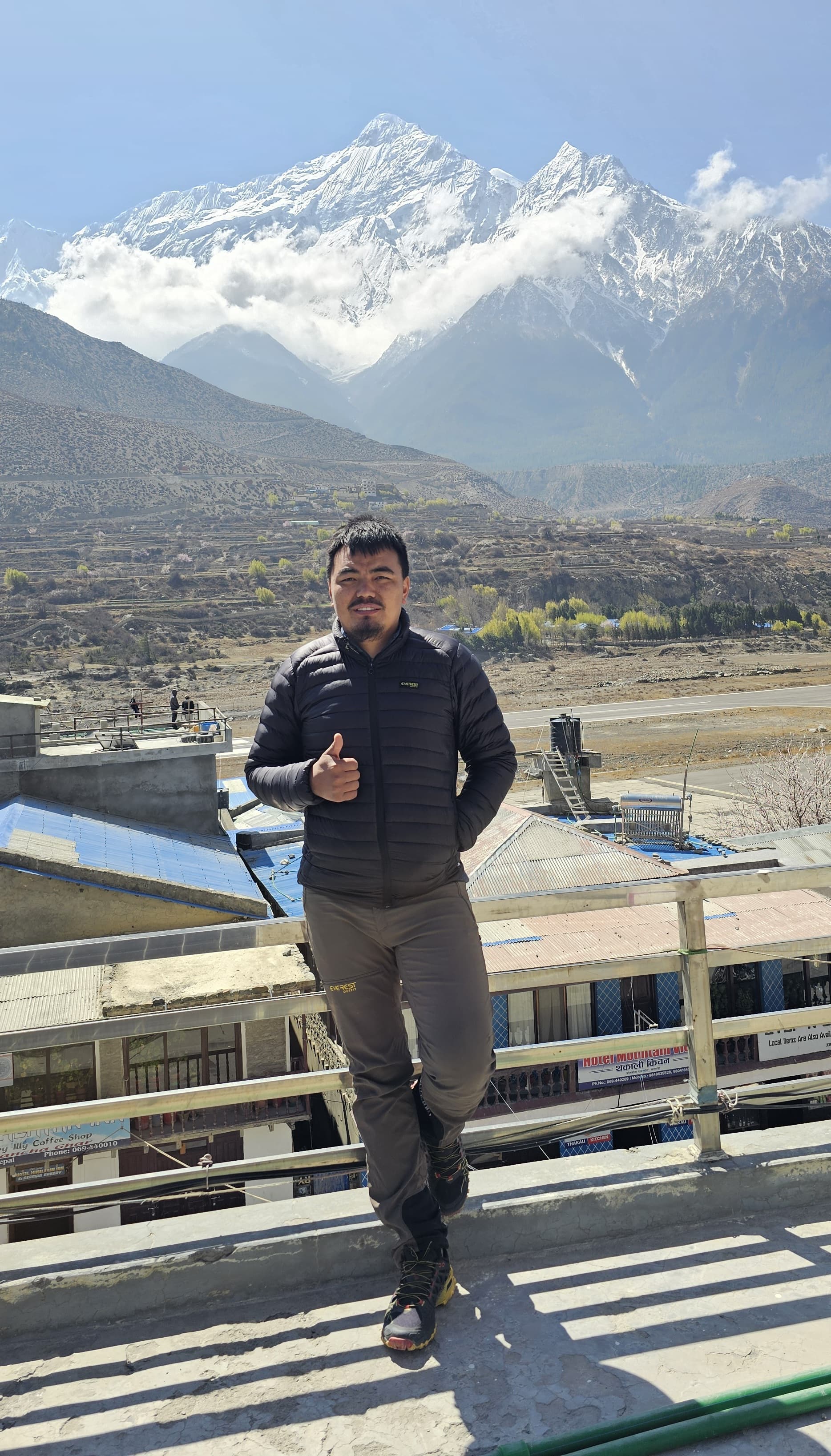
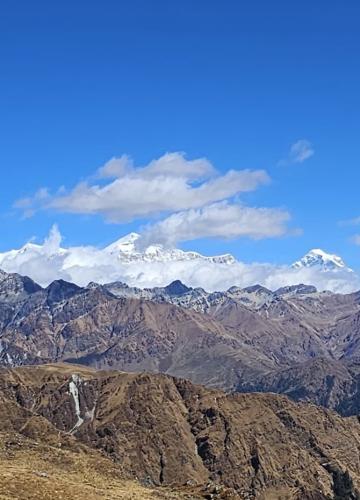
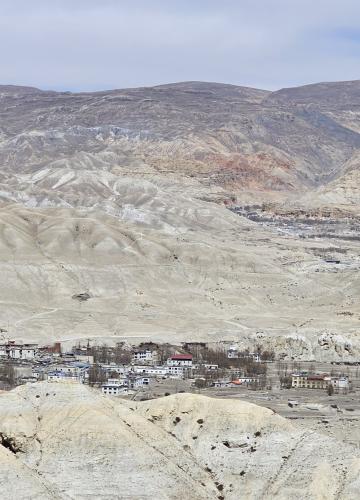
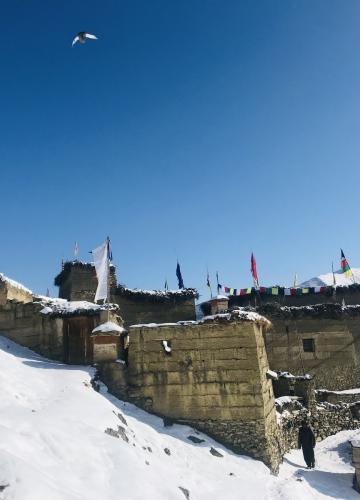
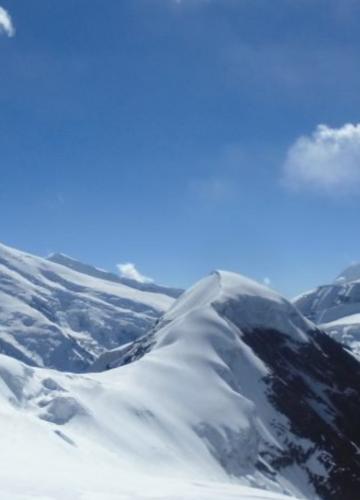
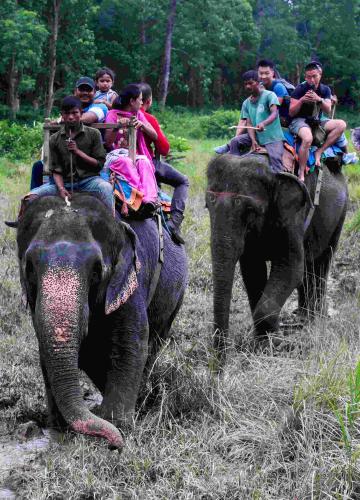
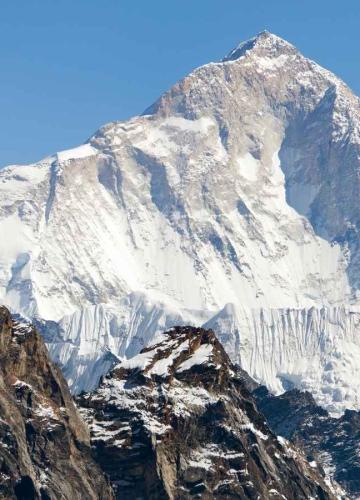

Leave Your Comment